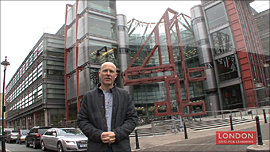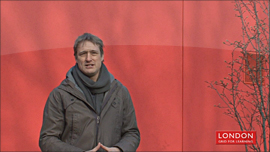KS3 Curriculum Links
Design and Technology: Designing and making 1.1d
Explore how products have been designed and made in the past, how they are currently designed and made, and how they may develop in the future.
Geography: Place 1.1a
Understand the physical and human characteristics of real places.
KS4 Curriculum Links
Mathematics: Representing 2.1b
Compare and evaluate representations of a situation before making a choice.
Key words
Activity
Preparation: Choose a space in the building which has been refurbished or undergone a change of use. It is good if there is some evidence of this remaining.
Materials: Plain paper, pencils in different colours.
Steps:
Patina from the past
- Divide the group into smaller ones to idea-storm the durability of the materials present.
- Which materials in the space are likely to last the longest? Why?
- Could these materials have been here the longest? What evidence is there to support this?
Treasure Hunt
- Set the students the challenge of determining which materials are original (date from when the building was first built) and which are the newer (ones which may have been introduced if there was a refurbishment or conversion):
- In pairs, they should list the materials they can find and decide
- if they are old or new.
- Students should pool their ideas in groups.
- Ask the students to draw a timeline to list the materials in order of construction of the space, starting with the oldest and working to the newest (eg. steel for the structural columns and beams, brick for the walls, timber for the window frames, glass for the windows, etc).
New imaginings
- Individually, ask students to pick a shape or draw a simple diagram of the structural elements of the space.
- Using a different colour, students should add new elements or ‘make cuts’ to change the design and come up with a new character and function for the space.
- Ask for volunteers to hold up their designs and explain their ideas to the group.




